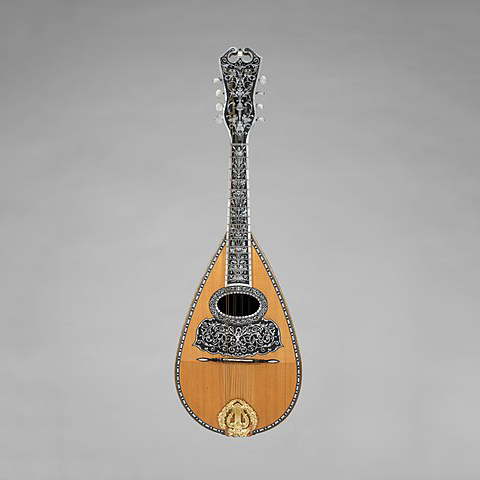From the Naxos Blog: Going pear-shaped
April 07, 2023Not long ago, when I was living in Hong Kong, there was a curious surge of interest among students in playing the ukulele, an instrument that has many cousins around the world in different cultures: banjo, mandolin, lute, balalaika, and so on. They all have their distinctive sounds and body shapes: banjos are circular, balalaikas are triangular, and the mandolin is pear-shaped. For a long time, my only acquaintance with the mandolin was through one of Vivaldi’s concertos for the instrument and its brief appearance in Mahler’s Seventh Symphony. So, this blog will feature a selection of works for mandolin that might usually fly under peoples’ radar, and which I hope you will enjoy.
The mandolin’s predecessor in Europe was the lute family, from which it emerged in Italy in the early 1700s. It went on to enjoy a period of popularity that lasted about a century. Its construction featured 4 ‘courses’, meaning four pairs of strings tuned to the same pitch; but as time went on, the number of courses wasn’t restricted to four, and the strings were made from metal. Continue reading and listening at blog.naxos.com































